Conflict: Vietnam Context-Sensitive Commands Overview
Take a look at some of the new additions being made to the command system in this upcoming squad-based shooter.
The ability to quickly issue commands to the other troops in your squad has been a cornerstone of the Conflict series' gameplay since its inception. Up to this point, though, the commands that players were able to give were of the most basic kind. As a result, you were limited to imploring your cohorts to advance, hold position, fire at will, and so on.
With Conflict: Vietnam, Pivotal Games has answered fans' demands to improve and expand on the command system by more than doubling the number of orders that can be given on the battlefield. A large majority of these new options can be described as context-sensitive commands. These orders are activated much like other commands, but their functions depend on what the player points his cursor toward. For example, with the command button pressed, if the player points the cursor to another squad member, the shield order will be issued. However, if the cursor is pointed at a booby trap, the soldier will be ordered to disarm it.
Though everyone will need to use them at least a little bit to complete the game, how often players use context-sensitive commands will ultimately boil down to their personal gameplay preferences. Those who like to have a very active role in everything their troops do can quickly switch between soldiers to play out their every move. Conversely, someone skilled in context-sensitive commands could use a single soldier to command all of the rest of them, rarely having to switch to another character.
Below are descriptions of six of the context-sensitive commands that are new to Conflict: Vietnam.
Heal
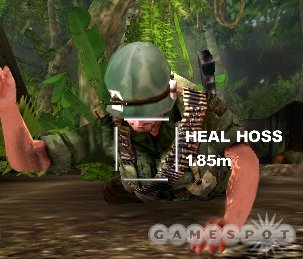 | 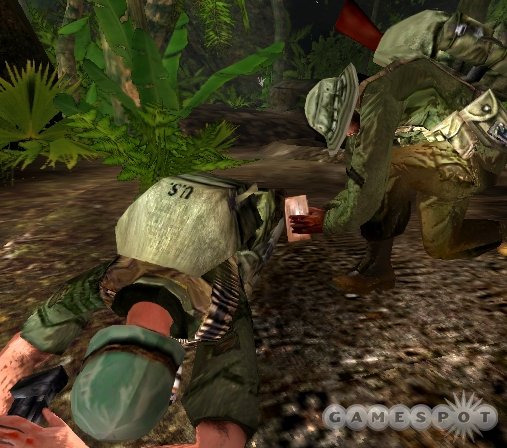 |
When a man is downed in battle, another soldier can be ordered to administer a medical pack to put him back into action. Alternately, players can select the fallen character and then order a squadmate to find and heal him. This saves players from engaging in the panicked searches for injured characters, which is an event that occurred all too often in previous Conflicts.
Shield
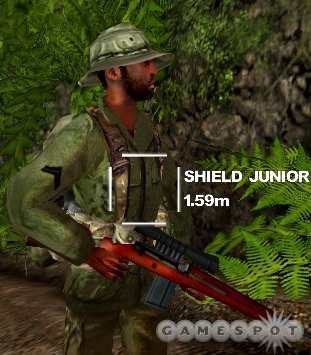 | 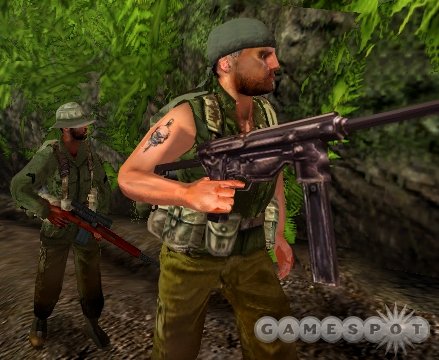 |
Usable on squad members, other friendly troops, and civilians, the shield command orders a soldier to protect a targeted character even if it puts him in severe risk of danger. A soldier ordered to shield someone will stay close to his charge and will attack anyone who assaults the person being protected.
Continue to the next page to see more of Conflict: Vietnam's context-sensitive commands.
Mount Vehicle/Emplacement
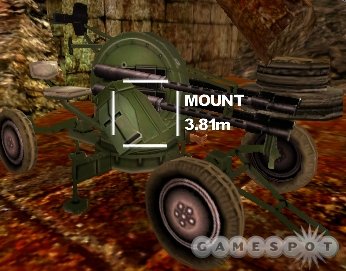 | 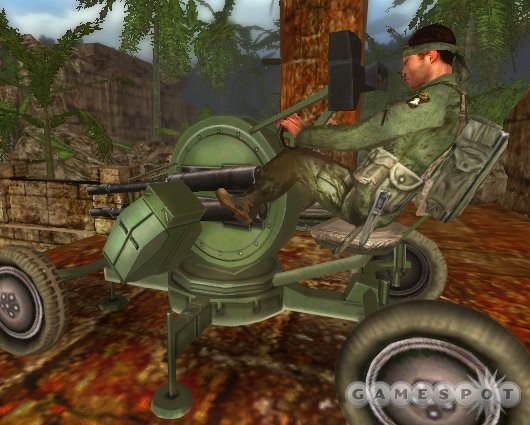 |
After receiving this command, soldiers will run to take over unmanned vehicles and emplacement weapons, such as heavy machine guns and antiaircraft guns. Caution should be taken in using this command, because the character who receives it will charge to complete the order, ignoring whatever danger lies ahead. However, when combined effectively with the shield command, a full squad can be formed to make a formidable, bold charge.
Destroy Vehicle/Emplacement
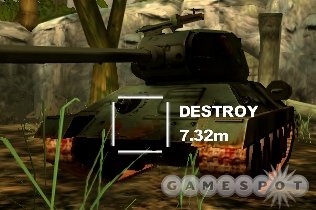 | 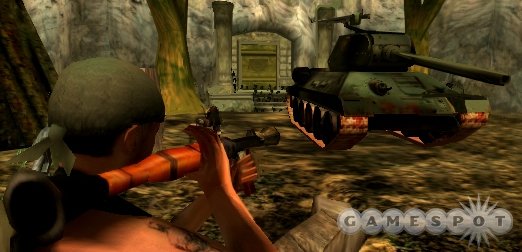 |
When a vehicle or emplacement is too heavily guarded to be taken over, the only option left is to destroy it rather than have it fall into enemy hands. Like the mount vehicle/emplacement command, some care must be given when issuing this order. Soldiers will use their heaviest armaments when given this directive, even if there's a risk that allies will be caught in the blast radius.
Pick Up Item
It's not the most exciting of commands, but it's a useful one nonetheless--especially when an important item is in a place that's crawling with Viet Cong soldiers. Ordering another squad member to pick up an item while everyone else provides covering fire can be a wise move. It's also worth noting that this command can be used to pull levers and open doors.
Disarm Trap
Even those who prefer not to use context-sensitive commands will likely still use disarm trap, because Conflict: Vietnam becomes a much more difficult game when your troops are constantly having Bouncing Betty mines explode at their chests. When a trap is spotted (which requires players to always keep sharp eyes on their surroundings), a soldier can be ordered to deactivate it. Success depends on the soldier's booby trap skill rating. Certain traps, such as pits, cannot be disarmed and must simply be avoided.
Got a news tip or want to contact us directly? Email news@gamespot.com
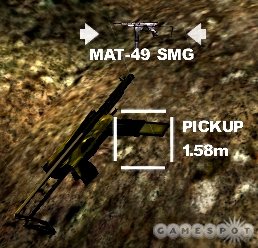
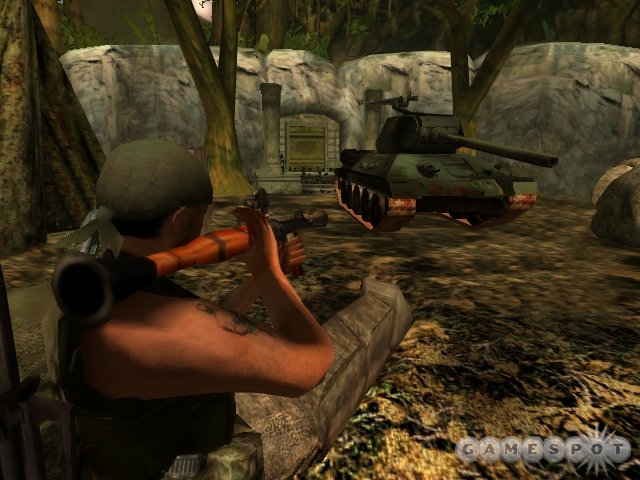
Join the conversation